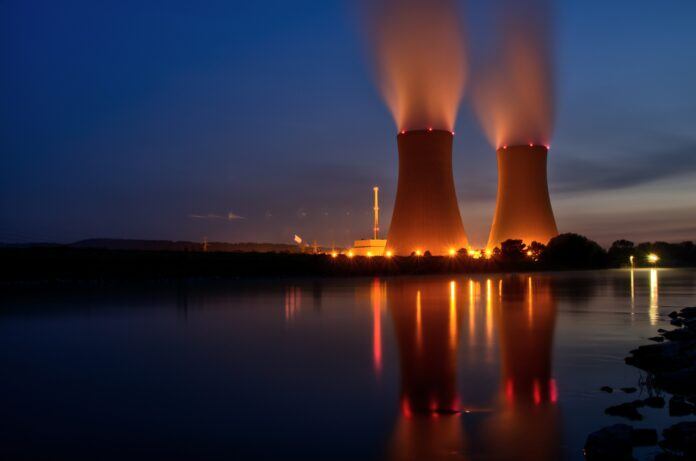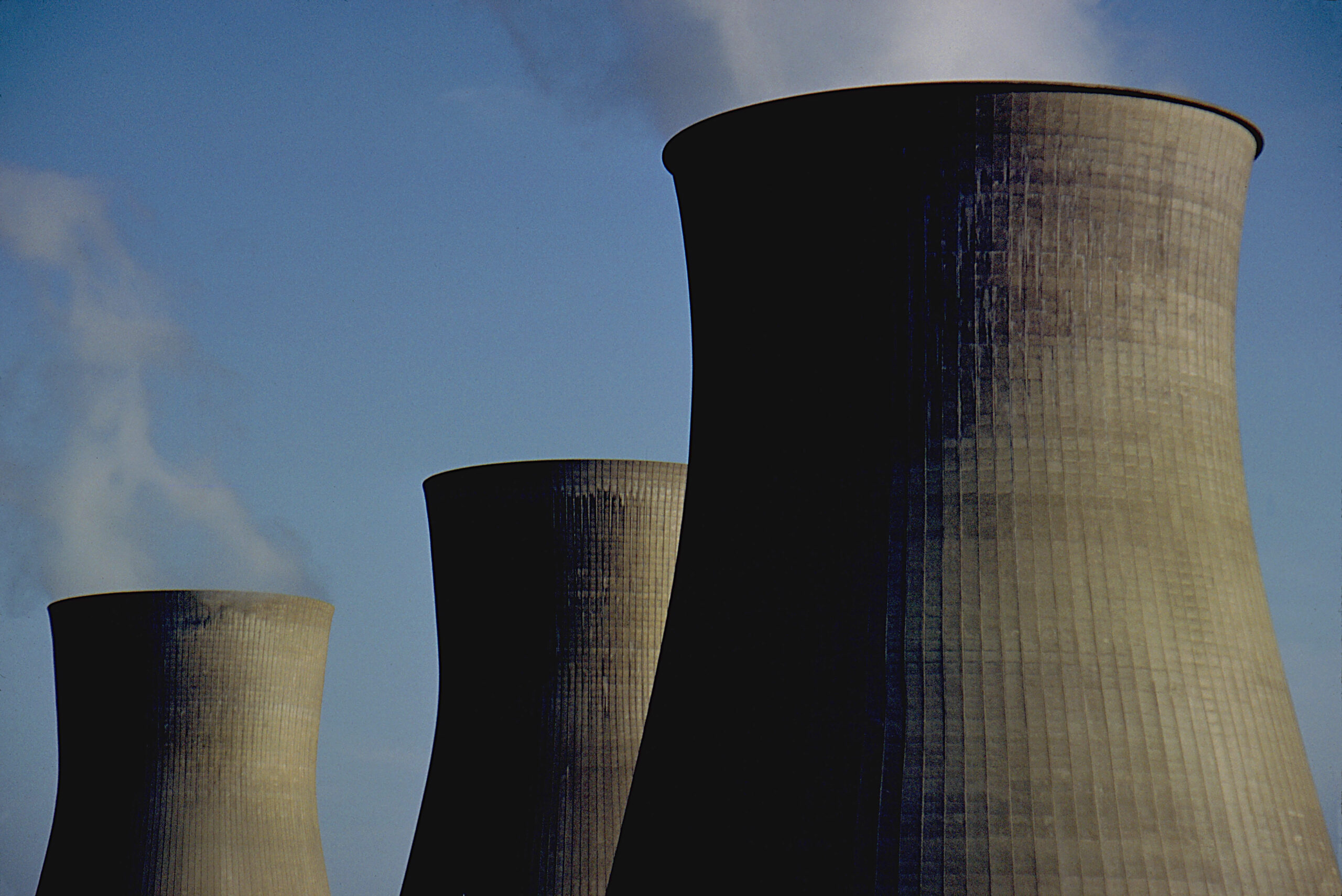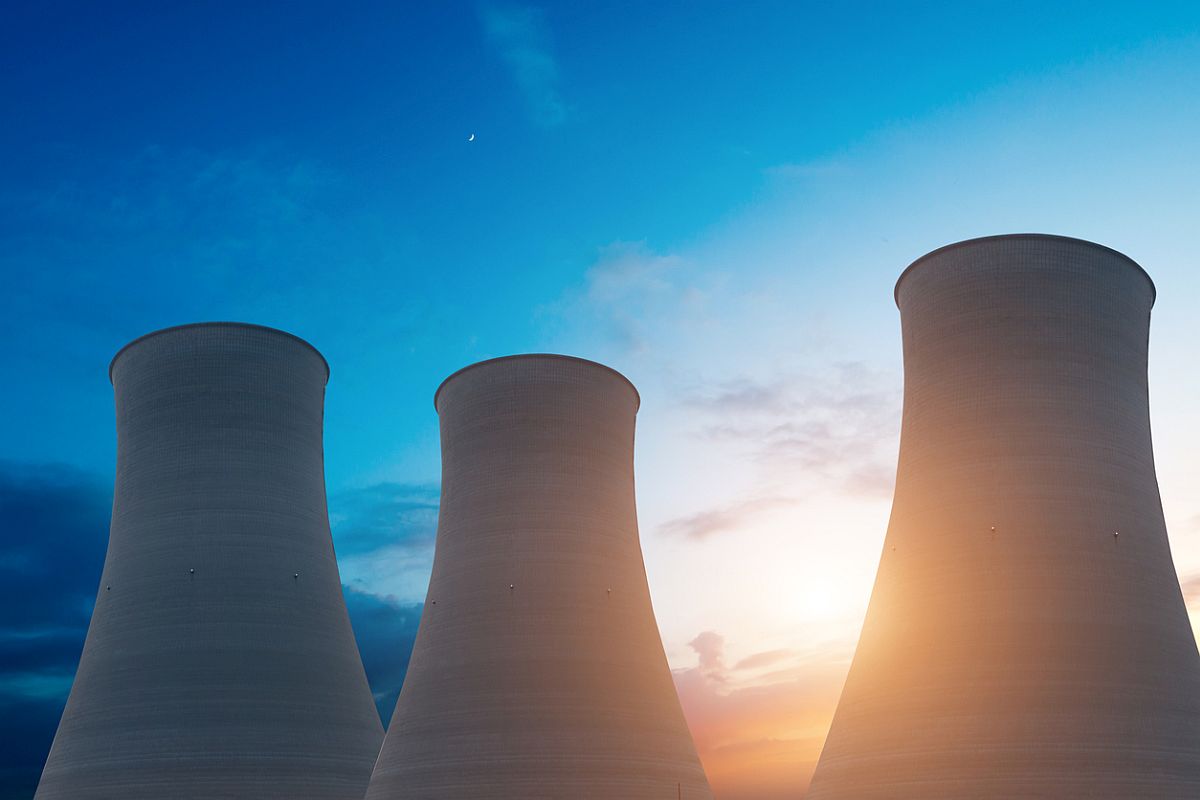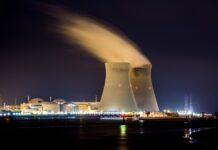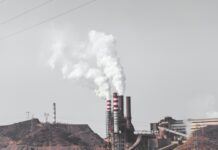Nuclear energy is the energy stored in an atom’s nucleus. Atoms are the smallest particles that a chemical element can be separated into while still retaining its properties. Two types of particles (neutrons and protons) are held together in the nucleus of each atom. The energy that binds neutrons and protons together is known as nuclear energy.
How Is Nuclear Energy Produced?
Electricity can be produced using nuclear energy. However, the energy must first be released. Nuclear fusion and nuclear fission are two methods for obtaining this energy.
In nuclear fusion, energy is released when the nuclei of atoms. They join or merge to create a larger nucleus, The sun generates energy in this manner. In nuclear fission, The separation of nuclei into smaller nuclei releases energy.
Nuclear Fission
Nuclear fission is a reaction in which the nucleus of a heavy atom breaks into two or three nuclei of lighter atoms, called fission products, by trapping an incident neutron and releasing neutrons, gamma rays, and massive amounts of energy in the process.
The nucleus that captures the incident neutron becomes unstable, and as a result, it cleaves into lighter fragments, resulting in a more stable condition. In addition to these materials, the fission reaction produces some neutrons, which, when collided with other fissile nuclei, causes further fission reactions, which create more neutrons. A chain reaction is a term for this multiplier effect.
Certain geometry conditions of the fissile material must be met, as well as a threshold for its quantity, known as critical mass, being surpassed, for a fission chain reaction to occur. Fission may happen on its own, but it requires the presence of a neutron to hit with enough energy.
Nuclear Fusion
Nuclear fusion is a nuclear reaction in which two light atom nuclei, usually hydrogen and its isotopes (deuterium and tritium), fuse to create a heavier nucleus, usually with the release of particles. Depending on whether the nuclei’s mass is greater or less than that of iron, these reactions may consume or release energy.
The sun’s fusion reactions, in which hydrogen nuclei combine to form helium. It releases a huge amount of energy in the form of electromagnetic radiation. That reaches the earth’s surface and is perceived as light and heat, are an example of fusion reactions.
To carry out a fusion reaction high energy levels must be achieved. It allows nuclei to approach very short distances where the force of nuclear attraction overcomes the forces of electrostatic repulsion. The following conditions must be met in order to do so:
- To obtain the required energy, particle accelerators or extremely high temperatures may be used. Thermal fusion is the last choice. And it involves heating the atoms until they form a gaseous mass called plasma. Which is made up of free electrons and strongly ionized atoms.
- Similarly, it is important to ensure the confinement and regulation of the plasma in the cavity of a fusion reactor at high temperatures for the duration of the reaction.
- It’s also essential to achieve a high enough plasma density so that the nuclei can interact and form fusion reactions.

